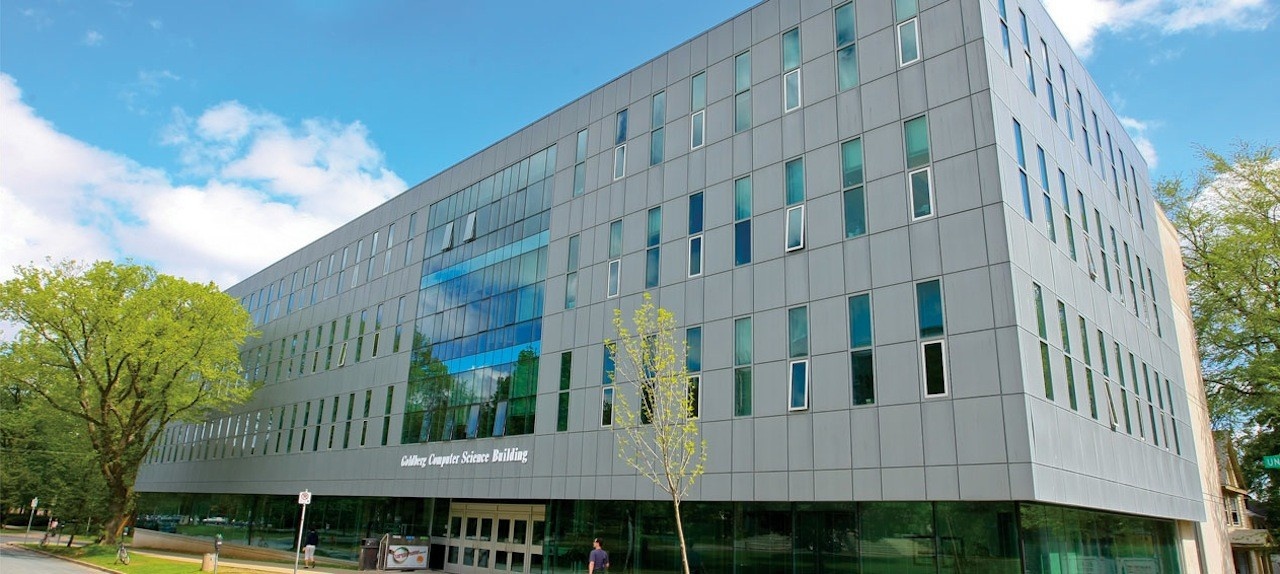Computer Modelling for Scientists
Programming techniques for science majors
CSCI 2202 is an introductory, project based, programming course for science majors. The course focuses on programming techniques useful for students in their scientific pursuits.
The course introduces basic programming and then goes on to guide students through using system simulations, modelling and data-driven analysis of models. Working with web-based data archives will be emphasized.
Students will gain experience with implementing stochastic models of systems of interest. Multiple computational tools, such as Python and R, will be used throughout the course.
Examples and projects will be taken primarily from the fields of:
- Biology
- Genetics
- Neuroscience
- Psychology
- Earth sciences
- Chemistry
Why this matters
Computation has become indispensable in all scientific endeavors, including:
- Analyzing large data sets
- Modelling physical processes
- Using “what if” simulations
- Processing (cleaning) data
- Transforming large data sets
Computation is a fundamental tool in all disciplines, including: biology, neuroscience, psychology, economics, chemistry, physics, math, earth science, and oceanography. Students heading into upper year courses would benefit from exposure to computation tools used in their respective disciplines, which are taught using familiar, real-world, applicable examples that they will encounter in their future courses and careers.
